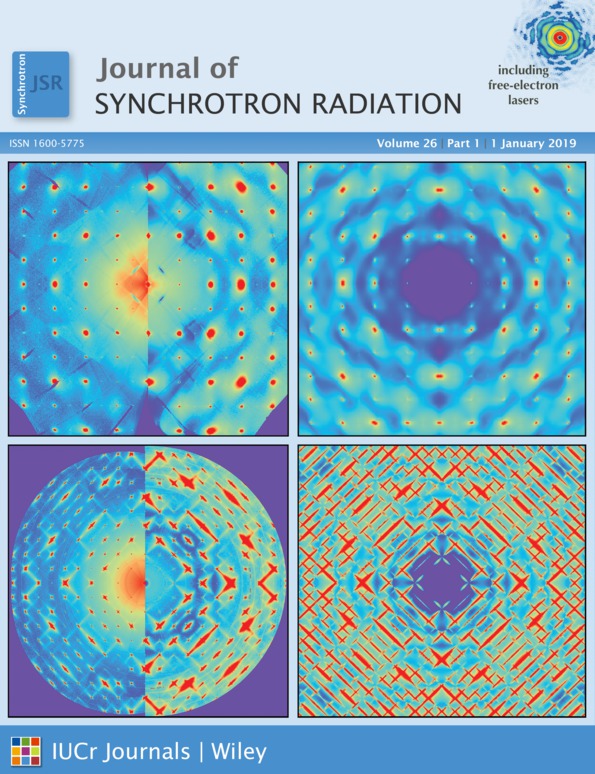X-ray diffraction reveals blunt-force loading threshold for nanoscopic structural change in ex vivo neuronal tissues
Abstract
An ex vivo blunt-force loading experiment is reported that may, in the future, provide insight into the molecular structural changes occurring in load-induced conditions such as traumatic brain injury (TBI). TBI appears to manifest in changes in multiple structures and elements within the brain and nervous system. Individuals with a TBI may suffer from cognitive and/or behavioral impairments which can adversely affect their quality of life. Information on the injury threshold of tissue loading for mammalian neurons is critical in the development of a quantified neuronal-level dose-response model. Such a model could aid in the discovery of enhanced methods for TBI detection, treatment and prevention. Currently, thresholds of mechanical load leading to direct force-coupled nanostructural changes in neurons are unknown. In this study, we make use of the fact that changes in the structure and periodicity of myelin may indicate neurological damage and can be detected with X-ray diffraction (XRD). XRD allows access to a nanoscopic resolution range not readily achieved by alternative methods, nor does the experimental methodology require chemical sample fixation. In this study, XRD was used to evaluate the affects of controlled mechanical loading on myelin packing structure in ex vivo optic nerve samples. By using a series of crush tests on isolated optic nerves a quantified baseline for mechanical load was found to induce changes in the packing structure of myelin. To the authors' knowledge, this is the first report of its kind.




